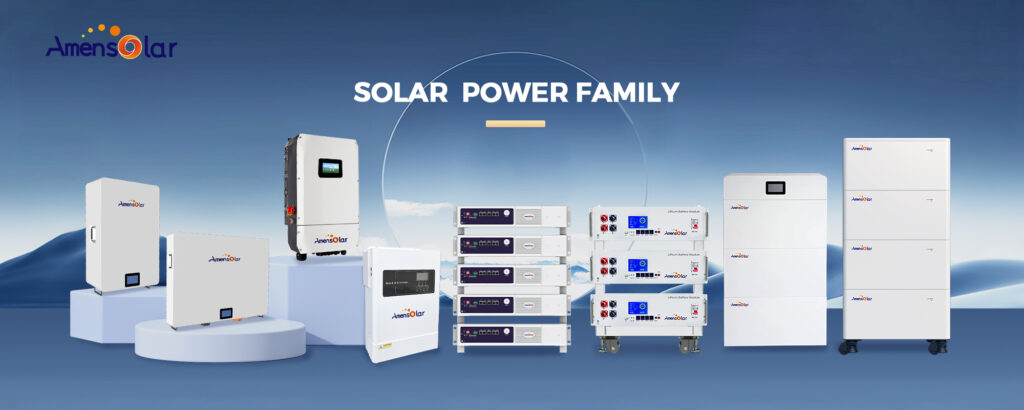What is an inverter
An inverter is a device that powers appliances in the event of a power failure. As the name suggests, an inverter first converts AC to DC to charge batteries and then converts DC to AC to power electric devices. There are various types of inverters on the market today, the most efficient of which are pure sine wave inverters, which produce alternating current similar to household wave power.
Square wave and quasi-sine wave inverters are generally low-cost types, but are less efficient than pure sine wave inverters because some appliances do not work properly in these inverters. Solar inverters are popular nowadays to save energy, but since it requires very large solar panels, its cost will be high.
The basic part of a power inverter is the DC-AC converter. When the mains power is available, the charger circuit will charge the battery and the inverter part will be in standby mode. The inverter part mainly consists of an oscillator and an inverter transformer. The oscillator circuit produces a waveform of about 50Hz which is superimposed with the AC produced by the inverter transformer.
The DC voltage from the battery is first converted to low voltage AC by a DC-AC converter. The low voltage AC power is then converted to 230V AC power through a step-up transformer. The efficiency of a power inverter depends on the functionality of the oscillator and step-up transformer since the frequency and voltage in the output depend on these parts of the inverter. A simple home inverter circuit diagram implemented with transistors is shown below.
The main component of an inverter system is the battery, which supplies DC power to the inverter. The backup time of the inverter depends on the capacity of the battery. Inverters are rated in VA (volt-amperes). 500 VA, 800 VA, 1000 VA, etc. are common home inverters. Battery capacity is expressed in Ah (amp hours). The battery is capable of delivering electricity in amps for one hour. For example, a 100 Ah battery can deliver 100 amps to a load in one hour.

Inverters use maintenance-free batteries because they require little attention. Maintenance-free inverter batteries are manufactured using flat plate current collectors and do not require water filling. Tubular batteries are more efficient than flat batteries and they use polyester tubes filled with lead oxide instead of flat lead plates. Therefore, in tubular batteries, battery degradation due to plate corrosion is almost zero. Therefore, if properly maintained, their service life is usually 5-6 years.
发表回复